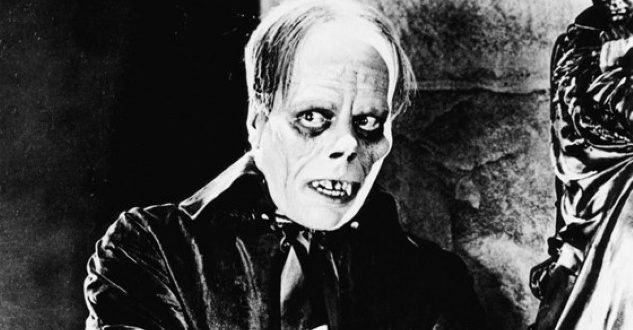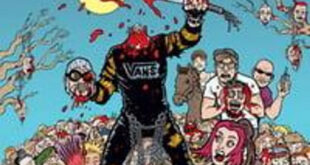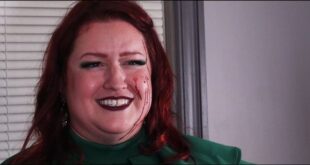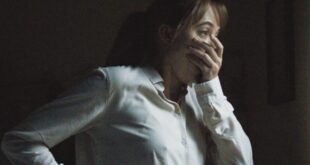Universal tested the horror waters on September 6, 1925, at the Curran Theatre in San Francisco when they released The Phantom of the Opera. Now, ninety-five years later, the film still stands the test of time and is still one of the most influential horror films ever. The movie was based on the novel of the same name that was written by Gaston Leroux.

Playing the role of the Phantom is the famous Lon Chaney Sr. (London After Midnight). Chaney also co-directed the picture; however, he went uncredited. In fact, the film had three uncredited directors—Edward Sedgwick and Ernst Laemmle— besides the actor. The main director was Rupert Julian (The Cat Creeps).
A Man And His Makeup
Chaney was given the nickname “The Man Of 1,000 Faces” did his own makeup, as he did in most of his roles. After his success in Hunchback of Notre Dame, the studio gave him full permission to do his own makeup once again.
In Phantom of The Opera, Chaney created a freakish sight. The grotesque image of Chaney’s character, Erik, was created by a combination of stage makeup and one subtle special effect. The actor made the Phantom’s head look like a bare skull by using the right shades of paint, which would look exaggeratedly shadowed under the lights.

However, one aspect of the Phantom’s face—the nose—was impossible for him to do with makeup alone. Chaney achieved the lifted nose effect by gluing a thin string to the tip of his nose and pulling it up in between his eyes.
The music behind the film fits it perfectly, especially towards the end.
Phantom Of The Opera grossed a total of two million dollars. However, the film did meet some criticism. Some reviewers thought the story was boring, or only pretty good.

Soundstage 28
One of the main reasons for the film’s success was its set. The Grand Opera House in Paris was recreated magnificently. The Phantom of the Opera does an amazing job of using shadows, a Universal staple.
The soundstage where The Phantom of the Opera was filmed contained the oldest stage in film history. It was used for hundreds of films and TV shows over the years. However, it was sadly destroyed on September 23, 2014. Though the stage was destroyed, the remaining set pieces were preserved and sent to storage.

Phantom is also one of the first films to have a color sequence, a 17-minute long color scene where the Phantom is seen as The Red Death. In 1930, the film was bought preserved and re-released to add a talking to the scene.

I absolutely love this film. It’s up there with some of my favorites of that era. The tone is creepy, and Chaney’s performance is one the best in horror. I always go back to check this one out every once in a while. Each time I watch it, I find something new that I love about it.
Almost 100 years later, and Phantom of the Opera still holds up, able to scare a new generation of horror fans.
Follow us on Twitter @PopHorrorNews for more horror reviews!
 PopHorror Let's Get Scared
PopHorror Let's Get Scared




